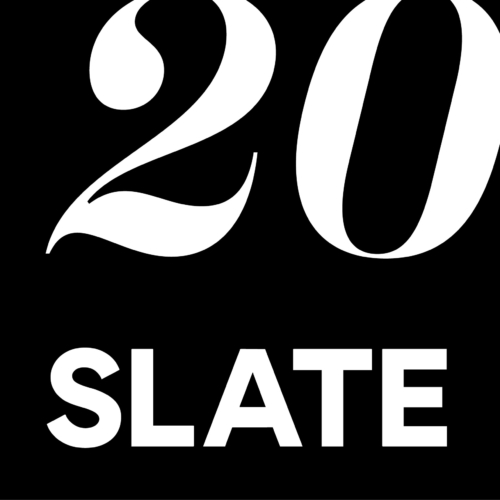Market Insights
Remote, Hybrid, RTO? Weighing The Fundamental Value of Workplace Real Estate
Thursday, April 28, 2022

Office real estate has long been a central component of any diversified commercial real estate portfolio.
This asset class has proven its ability to generate stable cash flows while providing risk diversification and value appreciation through rent and occupancy growth. And despite some of the headwinds caused by the COVID-19 pandemic, the market continues to demonstrate that well-operated, well-located, and high-quality office product underpinned by blue-chip tenants with strong credit profiles is still very compelling from an investment perspective.
However, the response to the pandemic and related uncertainty surrounding the future of work has undeniably created some dislocation in the office market. Many investors – unsure of the outlook for office demand – are avoiding the asset class all together, until more clarity or consensus emerges around the post-pandemic model of working.
At Slate, we believe a blanket aversion to office real estate is an oversimplified and misplaced reaction. Just as the pandemic opened our eyes to the possibilities of remote work, it also helped us to recognize the inherent value of the office as a conduit for collaboration, innovation and culture. The pandemic also revealed new areas of outsized opportunity within the office sector, both regionally, as well as among tenant types and property types – the latter by catalyzing a widespread ‘flight to quality’ in the office market. And finally, the disconnect between public and private market valuations coming out of Covid has resulted in mispriced office assets, creating attractive opportunities for fundamental buyers.
Firstly, while technology has provided reasonable workarounds during the pandemic, we simply haven’t found a way to collaborate and communicate as effectively through our screens as we do in person. As a result, preserving workplace culture and training new employees in hard and soft skills remotely has proven to be very challenging. In fact, remote work has actually had a number of unintended negative consequences: longer hours, higher levels of burnout, and little to no cultural connection among coworkers, resulting in retention challenges.
These factors underscore the vital importance of physical office spaces. The training, idea-sharing and relationship-building that happens so organically – and often spontaneously – in a workplace setting is difficult to replicate via video feeds and phone calls. The fact that most organizations are opting for a widespread return to office or a hybrid approach rather than a fully remote model further validates the importance of in-person interaction to business success. While the office of the future may not exactly resemble the spaces many workers departed in March 2020, the role of a physical workplace as a facilitator of productivity, collaboration, innovation, and culture will ensure its resiliency long into the future.
Of note, even at companies where a hybrid approach is emerging, the total number of employees in the office at any one time may be fewer, but the space allocated for each individual may actually increase to allow for social distancing and to enhance other wellness criteria. This shift reverses a long-term trend of office densification and is likely to offset potential decreases in office demand among employers adopting a hybrid model of work.
Yet, even with the office remaining a critical element of the future of work landscape, the pandemic has shown that certain markets and tenants will naturally be bigger utilizers of office than others. In particular, technology, life sciences and other emerging industry tenants that demand in person collaboration to catalyze innovation or facilitate their day-to-day work have shown resilient if not growing appetite for office space.
Just this month, Google announced plans to invest $9.5 billion in US offices and data centers this year, citing their campuses as enablers of, “better products, a greater quality of life for our employees, and stronger communities.” And vacancy rates for lab space in cities such as Boston, New York and San Francisco are hovering as low as 1-3%. Growing global markets like Ireland have also demonstrated strong office market fundamentals, with Dublin’s position as a top global technology city driving strong demand for office space from across the tech spectrum.
Emerging signals from the post-pandemic market suggest an accelerating ‘flight to quality’ among these tenants, who are seeking first-rate spaces that will widely appeal to their workforces. This trend suggests that certain categories of office real estate – namely, properties that are modern, well-located and highly-amenitized – will be better positioned to outperform. We believe this confluence of factors creates an opportunity to align office portfolios with tenants, industries and global markets that will continue to drive demand for physical workspaces.
At Slate, we are acting to capitalize on these emerging trends, favoring core-plus properties with stable occupancies and long-term leases, which still have upside potential from macro economic tailwinds. In keeping with our ESG objectives, we also see a compelling opportunity to invest in green-certified spaces and buildings that minimize their impact on the surrounding environment.
The disconnect between public and private market valuations coming out of the pandemic has resulted in a mispricing of office assets. Well-located, high-quality office product with proven historical performance and strong outlook can be acquired at attractive discounts, purely due to misplaced sentiment. This market dislocation creates favorable opportunities for fundamental buyers who are willing to look past short-term headwinds to invest in office real estate that is well suited to meet the demands of the future.
The office real estate market has always been a cyclical one, reflecting economic growth, employment levels and demographics in any given market. But the underlying, fundamental value of a shared space for work – especially among stable tenants in leading industries – has remained an unwavering constant.

